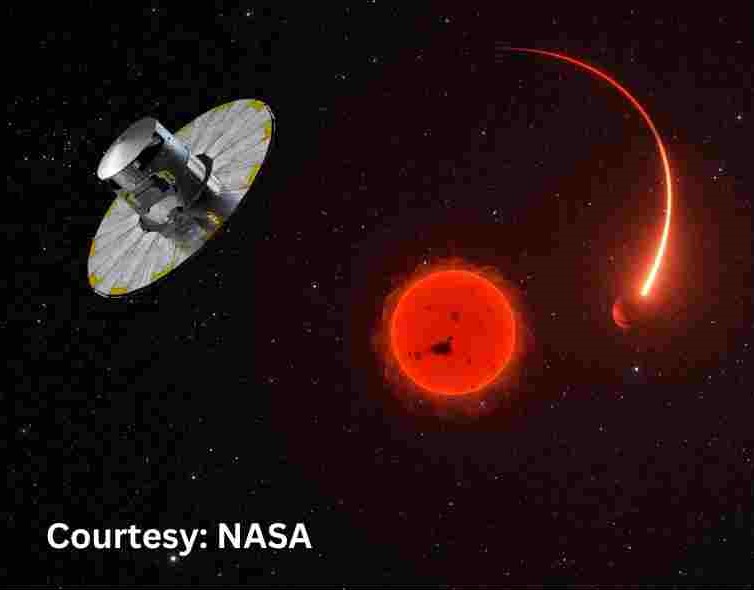🚀 New Test Could Detect Alien Life by Making Microbes Move
One of the key signs that something is alive is movement. Scientists are now using this principle to develop a new test that could help hunt for life on Mars and other planets.
🧪 How Does the Test Work?
The experiment relies on a chemical called L-serine, an amino acid found in all known Earth life. Researchers placed L-serine near three different microorganisms and found that they all moved toward it. This movement, called chemotaxis, happens when living organisms detect a chemical and actively move toward or away from it.
According to Max Riekeles from the Technical University of Berlin, this response could be a strong indicator of life. If microbes on another planet react the same way, it could be a cheap and efficient method for detecting extraterrestrial life.
🌍 Why Test Extreme Microbes?
To make the test more reliable for space missions, scientists experimented with three extremophiles—microbes that survive in extreme environments:
1️⃣ Bacillus subtilis – A type of bacteria that withstands extreme heat (up to 100°C or 212°F).
2️⃣ Pseudoalteromonas haloplanktis – A cold-loving bacteria that thrives in freezing conditions.
3️⃣ Haloferax volcanii – A type of archaea that survives in highly salty environments, similar to conditions on Mars.
Both bacteria and archaea are among the oldest life forms on Earth but evolved different movement mechanisms. Testing both ensures the method works across diverse types of microbes, increasing its reliability for space exploration.
🔬 How the Experiment Works
Scientists used a special microscope slide with two chambers, separated by a semi-permeable membrane.
- Microbes were placed on one side.
- L-serine was placed on the other.
- If the microbes were alive and able to move, they swam through the membrane toward the L-serine.
🚀 A Simple and Cost-Effective Life-Detection Method
This test could be a major breakthrough for space exploration. Instead of relying on complex instruments to analyze Martian soil or atmosphere, scientists could use this simple, low-cost method to detect microbial life.
Future Mars missions could include this test to quickly check if alien microbes exist. If they move towards L-serine, it could be the first evidence of extraterrestrial life! 🌌











